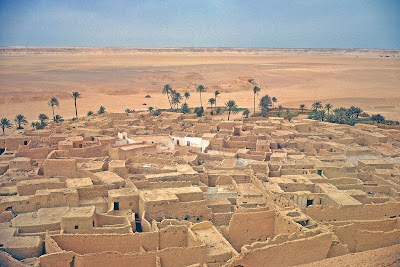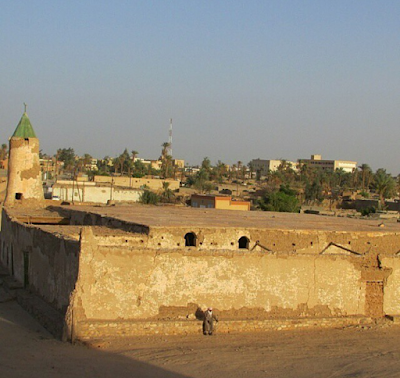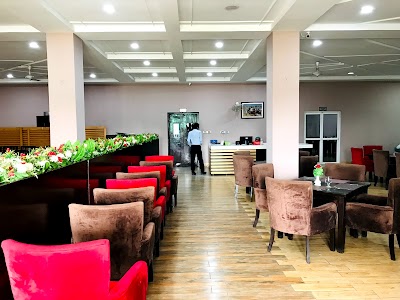Apollonia Archaeological Site (موقع أبولونيا الأثري)
Related Places
Overview
Lehrisa's Pool, known as حوض الهريسة, is one of the captivating remnants of the ancient city of Apollonia, situated in the Al Wahat District of Libya. This historical site offers a fascinating glimpse into the engineering prowess and daily life of its ancient inhabitants, making it a must-visit for history enthusiasts.
Apollonia, originally founded by Greek colonists in the 7th century BCE, quickly became the main port city for Cyrene, a significant Greek colony. As the city flourished, the demand for efficient water management systems surged to support its residents and the vibrant trade activities. Lehrisa's Pool was constructed as part of an elaborate public bath complex, highlighting the importance of hygiene, socialization, and relaxation in ancient Greek and Roman cultures.
The pool, حوض الهريسة, showcases remarkable construction techniques using local materials. Its main structure comprises meticulously cut and placed limestone blocks, chosen for their durability and resistance to water seepage—crucial attributes for pools and baths. The architectural design reflects a blend of Greek and Roman influences, with the rectangular shape and aesthetic focus on symmetry and harmony being distinctly Greek. Roman engineering skills introduced advanced water heating and circulation systems, likely utilizing hypocaust methods for underfloor heating, ensuring comfortable temperatures even in cooler months.
Water was supplied to Lehrisa's Pool through an ingenious network of aquaducts and underground channels. Some of these aqueducts spanned several kilometers, transporting fresh water from nearby springs directly into the city. Upon reaching the pool, the water was carefully managed to maintain cleanliness, with excess water drained and recycled throughout the bath complex and the city.
The intricate mosaics and decorative elements surrounding the pool reveal that it was more than a utilitarian structure; it was also a space of beauty and artistic expression. The floors and walls featured elaborate patterns depicting scenes from mythology, marine life, and daily activities, showcasing the artisans' skills and the cultural fusion within the city.
Socially, حوض الهريسة served as a vital community hub. Public baths were popular gathering spots where individuals from various classes and backgrounds could meet, relax, and engage in activities ranging from conversation to fitness and even business dealings. This inclusive atmosphere highlighted the cosmopolitan character of Apollonia, inviting citizens, traders, and visitors into a shared communal space.
Throughout the centuries, Apollonia faced numerous challenges, including natural disasters and invasions. Changes in governance, from the Byzantines to Islamic rule, brought architectural and cultural shifts to the city. Yet, the essence of Lehrisa's Pool endured, adapting to new contexts while preserving its core functions.
Today, حوض الهريسة stands as a testament to the ingenuity and cultural richness of Apollonia. Ongoing archaeological studies continue to uncover layers of history that shed light on the ancient city and its people. The pool remains a symbol of advanced engineering techniques and the social significance of communal spaces in ancient urban settings.
Visitors to the Apollonia Archaeological Site can marvel at Lehrisa's Pool, immersing themselves in the vibrant life that once thrived in this historic locale. Thanks to careful preservation efforts, future generations will also have the opportunity to appreciate this remarkable piece of ancient engineering and culture.






